
Wetenschap
Superaarde ontdekt:gegevens zullen planetaire atmosfeermodellen karakteriseren
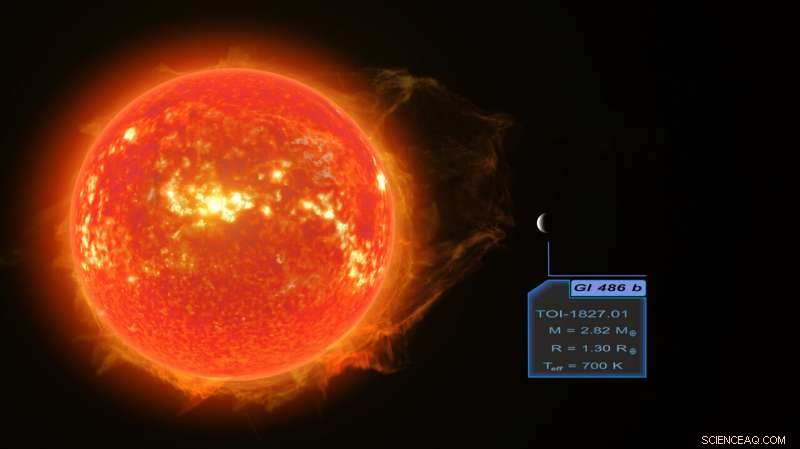
Momenten van de virtuele reis, met overlappende astronomische gegevens. Krediet:RenderArea
In de afgelopen 25 jaar hebben astronomen een grote verscheidenheid aan exoplaneten ontdekt, gemaakt van steen, ijs en gas, dankzij de constructie van astronomische instrumenten die speciaal zijn ontworpen voor het zoeken naar planeten. Ook, met een combinatie van verschillende waarnemingstechnieken hebben ze een groot aantal massa's kunnen bepalen, maten, en dus de dichtheden van de planeten, waardoor ze hun interne samenstelling kunnen inschatten en het aantal planeten dat buiten het zonnestelsel is ontdekt, toeneemt.
Echter, om de atmosferen van de rotsachtige planeten te bestuderen, die het mogelijk zou maken om die exoplaneten die op de aarde lijken, volledig te karakteriseren, is uiterst moeilijk met de momenteel beschikbare instrumenten. Om die reden, de atmosferische modellen voor rotsachtige planeten blijven onbeproefd.
Het is dus interessant dat de astronomen in de CARMENES (Calar Alto hoge resolutie zoeken naar M-dwergen met Exoearths met Near-infrared en Optical Echelle Spectrographs), consortium waarin het Instituto de Astrofisica de Canarias (IAC) een partner is, hebben onlangs een studie gepubliceerd, geleid door Trifon Trifonov, een astronoom aan het Max Planck Instituut voor Astronomie in Heidelberg (Duitsland), over de ontdekking van een hete superaarde in een baan rond een nabijgelegen rode dwergster Gliese 486, slechts 26 lichtjaar van de zon verwijderd.
Om dit te doen gebruikten de wetenschappers de gecombineerde technieken van transitfotometrie en radiale snelheidsspectroscopie, en gebruikt, onder andere, waarnemingen met het instrument MuSCAT2 (Multicolour Simultaneous Camera for study Atmospheres of Transiting exoplanets) op de 1,52 m lange Carlos Sánchez-telescoop van het Observatorium de Teide. De resultaten van deze studie zijn gepubliceerd in het tijdschrift Wetenschap .
De planeet die ze ontdekten, genaamd Gliese 486b, heeft een massa van 2,8 keer die van de aarde, en is slechts 30% groter. "Als we de gemiddelde dichtheid berekenen uit de metingen van zijn massa en straal, leiden we af dat de samenstelling vergelijkbaar is met die van Venus of de aarde, die metalen kernen in zich hebben, " legt Enric Pallé uit, een IAC-onderzoeker en een co-auteur van het artikel.
Gliese 486b draait elke 1,5 dag om zijn moederster op een cirkelvormig pad, op een afstand van 2,5 miljoen kilometer. Ondanks dat hij zo dicht bij zijn ster is, de planeet heeft waarschijnlijk een deel van zijn oorspronkelijke atmosfeer behouden (de ster is veel koeler dan onze zon), zodat hij een goede kandidaat is om met de volgende generatie ruimte- en grondtelescopen in meer detail te observeren.
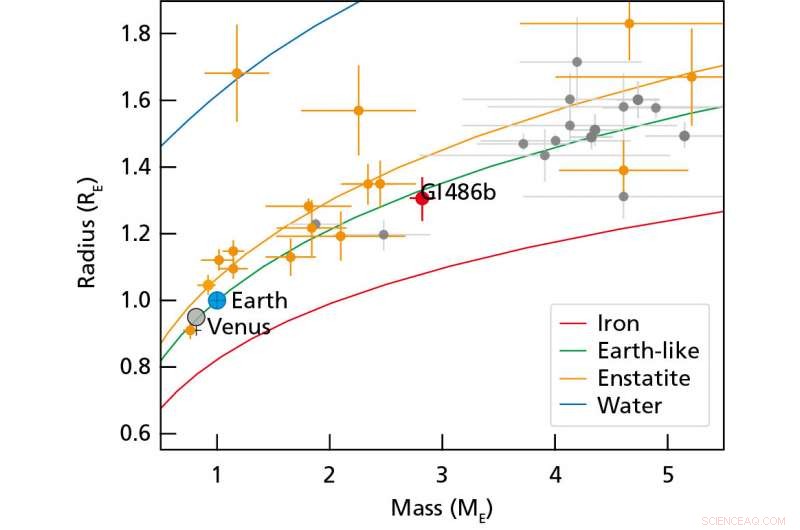
Het diagram geeft een schatting van de interne composities van geselecteerde exoplaneten op basis van hun massa's en stralen in aardse eenheden. De rode stip staat voor Gliese 486b, en de oranje symbolen vertegenwoordigen planeten rond koele sterren zoals Gliese 486. De grijze stippen tonen planeten die zijn gehuisvest door hetere sterren. De kleurcurven geven de theoretische massastraalrelaties aan voor zuiver water bij 700 K (blauw), voor het mineraal enstatiet (oranje), voor aarde (groen), en zuiver ijzer (rood). Ter vergelijking, het diagram benadrukt ook Venus en de aarde. Krediet:Trifonov et al./ MPIA Grafische Afdeling.
Voor Trifonov, "Het feit dat deze planeet zo dicht bij de zon is, is opwindend omdat het mogelijk zal zijn om deze in meer detail te bestuderen met behulp van krachtige telescopen zoals de naderende James Webb Space Telescope en de ELT (Extremely Large Telescope) die nu wordt gebouwd."
Gliese 486b doet er even lang over om om zijn as te draaien als om zijn moederster, zodat het altijd dezelfde kant naar de ster heeft. Hoewel Gliese 486 veel zwakker en koeler is dan de zon, de straling is zo intens dat het oppervlak van de planeet opwarmt tot minstens 700K (zo'n 430 graden C). Daarom, the suface of Gliese 486b is probably more like the surface of Venus that that of the Earth, with a hot dry landscape, with burning rivers of lava. Echter, unlike Venus, Gliese 486b may have a thin atmosphere.
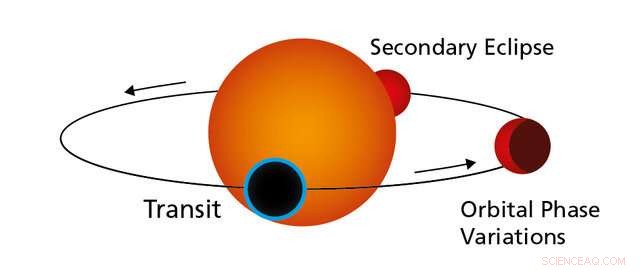
The graph illustrates the orbit of a transiting rocky exoplanet like Gliese 486b around its host star. During the transit, the planet eclipses the stellar disk. Tegelijkertijd, a small portion of the starlight passes through the planet's atmosphere. As Gliese 486b continues to orbit, parts of the illuminated hemisphere become visible as phases until the planet disappears behind the star. Credit:MPIA Graphics Department.
Calculations made with existing models of planetary atmospheres can be consistent with both hot surface and thin atmosphere scenarios because stellar irradiation tends to evaporate the atmosphere, while the planet's gravity tends to hold it back. Determining the balance between the two contributions is difficult today.
"The discovery of Gliese 486b has been a stroke of luck. If it had been around a hundred degrees hotter all its surface would be lava, and its atmosphere would be vaporized rock, " explains José Antonio Caballero, a researcher at the Astrobiology Centre (CAB, CSIC-INTA) and co-author of the article. "Anderzijds, if Gliese 486b had been around a hundred degrees cooler, it would not have been suitable for the follow-up observations."
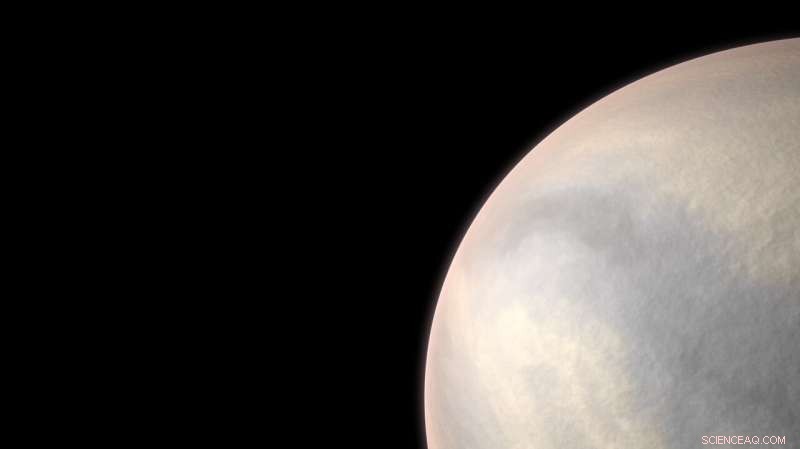
Artist's impression of the atmosphere of Gliese 486b. Credit:RenderArea
Future planned observations by the CARMENES team will try to determine its orbital inclination, which makes it possible for Gliese 486b to cross the line of sight between us and the surface of the star, oculting some of its light, and producing what are known as transits.
They will also make spectroscopic measurements, using emission spectroscopy, when the areas of the hemisphere lit up by the star are visible as phases of the planet (analagous to the phases of our Moon), during the orbits of Gliese 486b, before it disappears behind the star. The spectrum observed will contain information about the conditions on the illuminated hot surface of the planet.
"We can't wait until the new telescopes are available, " admits Trifonov. "The results we may obtain with them will help us to get a better understanding of the atmospheres of rocky planets, their extensión, their very high density, their composition, and their influence in distributing energy around the planets.
-
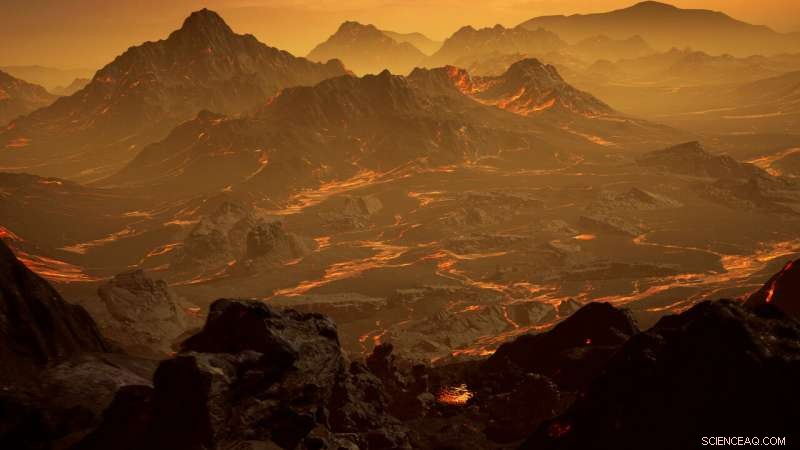
Artistic impression of the surface of the newly discovered hot super-Earth Gliese 486b. With a temperature of about 700 Kelvin (430 °C), Gliese 486b possibly has an atmosphere. Credit:RenderArea
-
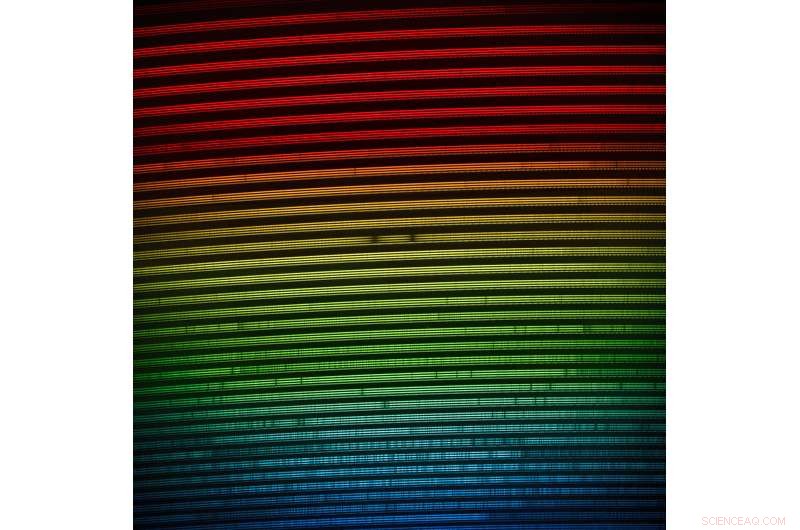
Colorized 2D spectra of the star Gliese 486 as seen with MAROON-X. The two spectra are from the two camera arms of MAROON-X. Each spectrum covers the 500-670 nm wavelength range and the color-coding corresponds to how a human eye would perceive the colors. Credit:International Gemini Observatory/NOIRLab/NSF/AURA/A. Seifahrt
The CARMENES project, whose consortium is made up by 11 research institutions in Spain and Germany, has the aim of monitoring a set of 350 red dwarf stars to seek planets like the Earth, using a spectrograph on the 3.5 m telescope at the Calar Alto Observatory (Spain). The present study has also used spectroscopic measurements to infer the mass of Gliese 486b. Observations were made with the MAROON-X instrument on Gemini North (8.1m) in the USA, and archive data were taken from the Keck 10 m telescope (USA) and the 3.6m telescope of ESO, (Chile).
The photometric observations come from NASA's TESS (Transiting Exoplanet Survey Satellite) space observatory, (USA), whose data were basic for obtaining the radius of the planet, from the MuSCAT2 instrument on the 1.52m Carlos Sánchez Telescope at the Teide Observatory (Spain) and from the LCOGT (Las Cumbres Observational Global Telescope) in Chile, among others.
 Koolstofmonitoringsatelliet meldt wereldwijd koolstofnet van zes gigaton
Koolstofmonitoringsatelliet meldt wereldwijd koolstofnet van zes gigaton Nieuw onderzoek naar klimaatverandering:aantal mensen met extreme droogte zal verdubbelen
Nieuw onderzoek naar klimaatverandering:aantal mensen met extreme droogte zal verdubbelen Onderzoek in Hong Kong waarschuwt voor gezondheidsrisico's van zonnebrandcrème
Onderzoek in Hong Kong waarschuwt voor gezondheidsrisico's van zonnebrandcrème GPM observeert zware regenval in intensivering van tropische cycloon Owen
GPM observeert zware regenval in intensivering van tropische cycloon Owen Kleine vulkanische meren die gigantische ondergrondse reservoirs aanboren
Kleine vulkanische meren die gigantische ondergrondse reservoirs aanboren
Hoofdlijnen
- Zeehonden en onze kusten
- Belangrijke plantensoorten kunnen belangrijk zijn voor het ondersteunen van bestuivers van wilde bloemen
- Hoe overleef je een massale uitsterving?
- Tijger botten? Leeuw botten? Een bijna uitgestorven cycad? DNA-controles ter plaatse bij aankomsthavens
- Animal Cell Shoe Box Project
- Wat is de afbraak van mRNA?
- Hoe gedraag je je in een dierentuin - volgens de wetenschap
- Nieuwe technologie maakt detectie van eikenverwelking sneller, betaalbaarder
- Relatie tussen DNA-basen Genen, eiwitten en eigenschappen
- Polaire ballon STO2 om met Nederlandse instrumenten tot aan de rand van de ruimte te gaan
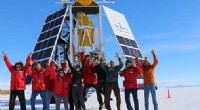
- Cataclysmische variabele ES Ceti heeft een accretieschijf, studie suggereert:
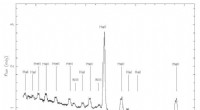
- Astronomen onderzoeken de emissie van een nabijgelegen pulsar-windnevel
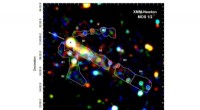
- Futuristische EM Drive zou kunnen werken - als het de wetten van de fysica kan trotseren
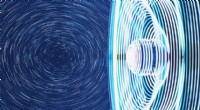
- Een unieke ster die in de loop van decennia is veranderd
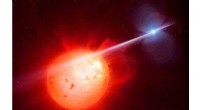
 Diervrije methode voorspelt toxiciteit van nanodeeltjes voor veiligere industriële materialen
Diervrije methode voorspelt toxiciteit van nanodeeltjes voor veiligere industriële materialen Nieuwe economische studie toont aan dat combinatie van SNAP en WIC de voedselzekerheid verbetert
Nieuwe economische studie toont aan dat combinatie van SNAP en WIC de voedselzekerheid verbetert Grafeen en goud vormen een betere hersensonde
Grafeen en goud vormen een betere hersensonde Mars komt het dichtst bij de aarde sinds 2003
Mars komt het dichtst bij de aarde sinds 2003  2-D geordende organische metaalchalcogeniden ontwikkeld met breed afstembare elektronische bandhiaten
2-D geordende organische metaalchalcogeniden ontwikkeld met breed afstembare elektronische bandhiaten Gezocht:vriendin vliegt met Japanse miljardair naar de maan
Gezocht:vriendin vliegt met Japanse miljardair naar de maan Sprinkhanen de nieuwste vloek van extreme weersomstandigheden in Oost-Afrika
Sprinkhanen de nieuwste vloek van extreme weersomstandigheden in Oost-Afrika Lood vergiftigt kinderen op Amerikaanse militaire bases, zegt verslag
Lood vergiftigt kinderen op Amerikaanse militaire bases, zegt verslag
- Elektronica
- Biologie
- Zonsverduistering
- Wiskunde
- French | Italian | Spanish | Portuguese | Swedish | German | Dutch | Danish | Norway |

-
Wetenschap © https://nl.scienceaq.com

